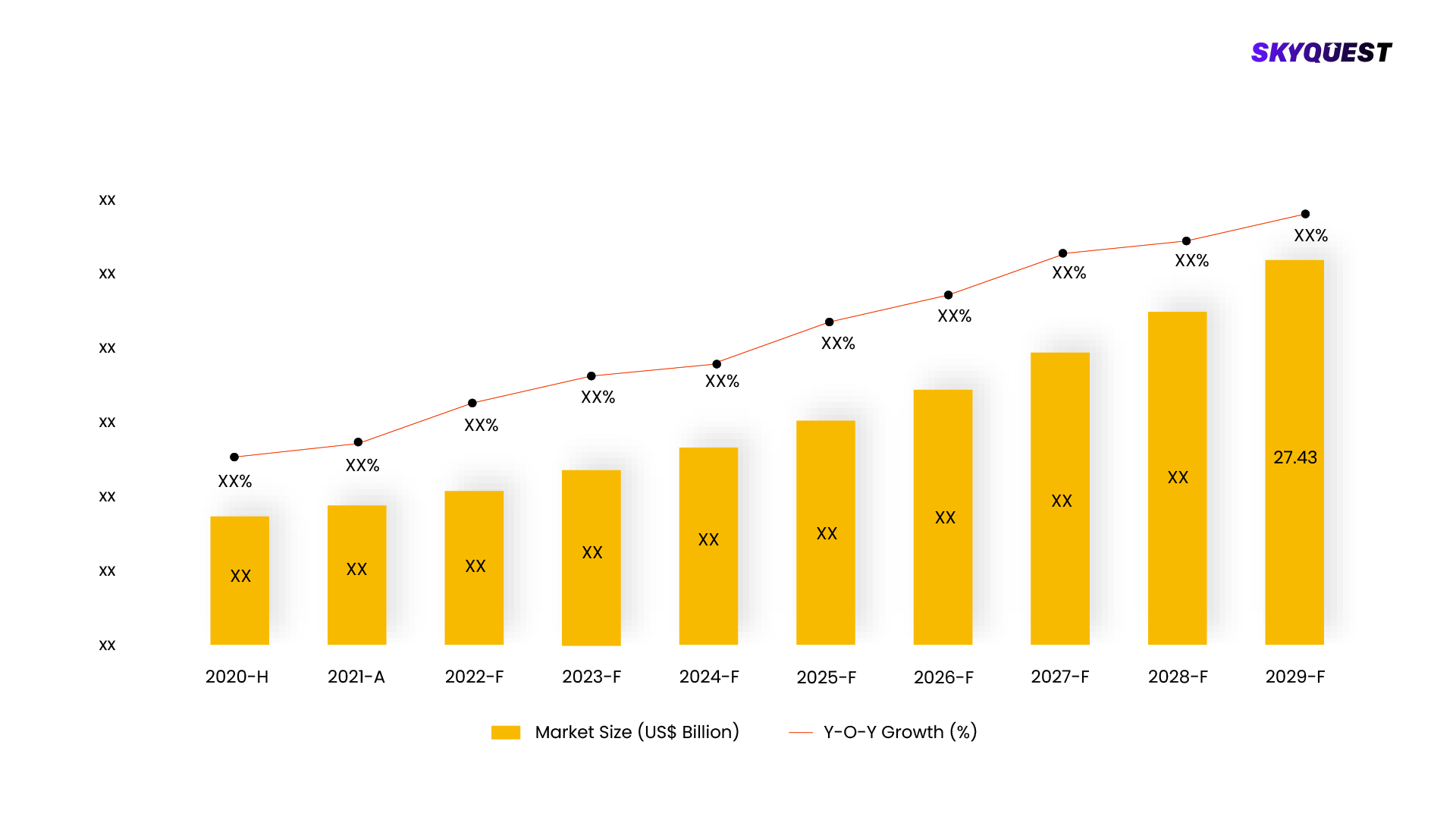
Product ID: UCMIG45E2087

Report ID:
UCMIG45E2087 |
Region:
Global |
Published Date: Upcoming |
Pages:
165
| Tables: 55 | Figures: 60
The global market size for emotion detection and recognition was valued at USD 32.95 billion in 2021 and is expected to grow at a compound annual growth rate (CAGR) of 16.7% from 2022 to 2030. The growth of the industry can be attributed to the advancements in Machine Learning (ML) and Artificial Intelligence (AI) that have led to significant progress in emotion detection and recognition. Biometrics has been the primary factor driving the industry's growth, and the increasing use of voice-driven and gesture-driven navigation systems and workstations is driving growth in the software and hardware segments. Additionally, the expansion of IoT-based technologies, the adoption of wearable technologies, and the widespread use of smartphones are also contributing to the growth of the industry.

This report is being written to illustrate the market opportunity by region and by segments, indicating opportunity areas for the vendors to tap upon. To estimate the opportunity, it was very important to understand the current market scenario and the way it will grow in future.
Production and consumption patterns are being carefully compared to forecast the market. Other factors considered to forecast the market are the growth of the adjacent market, revenue growth of the key market vendors, scenario-based analysis, and market segment growth.
The market size was determined by estimating the market through a top-down and bottom-up approach, which was further validated with industry interviews. Considering the nature of the market we derived the Application Software by segment aggregation, the contribution of the Application Software in Software & Services and vendor share.
To determine the growth of the market factors such as drivers, trends, restraints, and opportunities were identified, and the impact of these factors was analyzed to determine the market growth. To understand the market growth in detail, we have analyzed the year-on-year growth of the market. Also, historic growth rates were compared to determine growth patterns.
Our industry expert will work with you to provide you with customized data in a short amount of time.
REQUEST FREE CUSTOMIZATIONWant to customize this report? This report can be personalized according to your needs. Our analysts and industry experts will work directly with you to understand your requirements and provide you with customized data in a short amount of time. We offer $1000 worth of FREE customization at the time of purchase.

Product ID: UCMIG45E2087